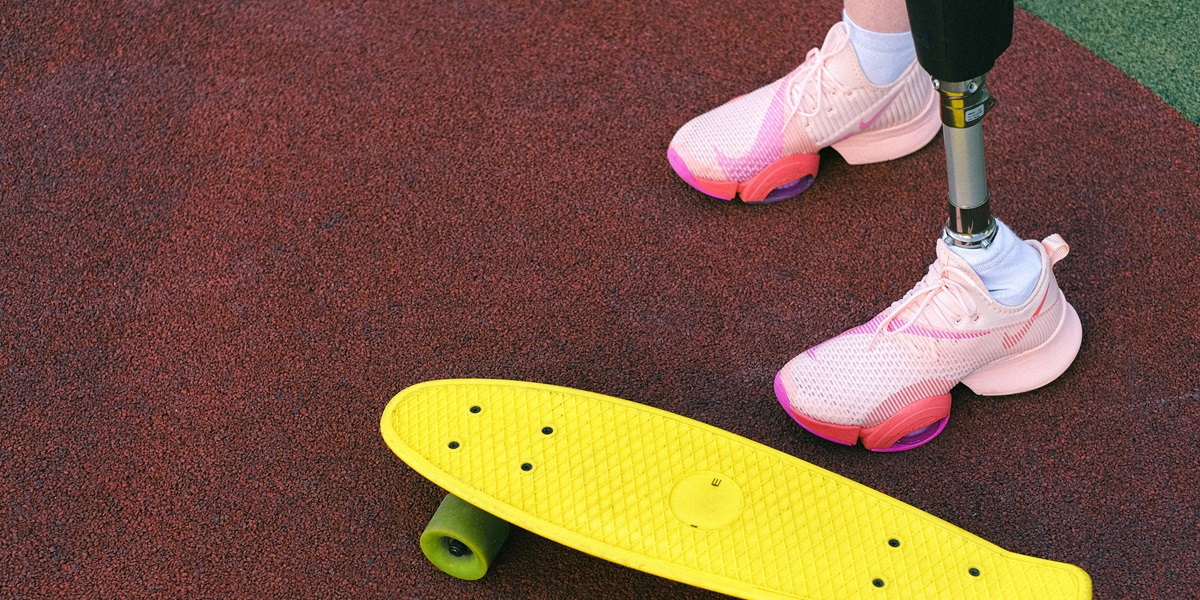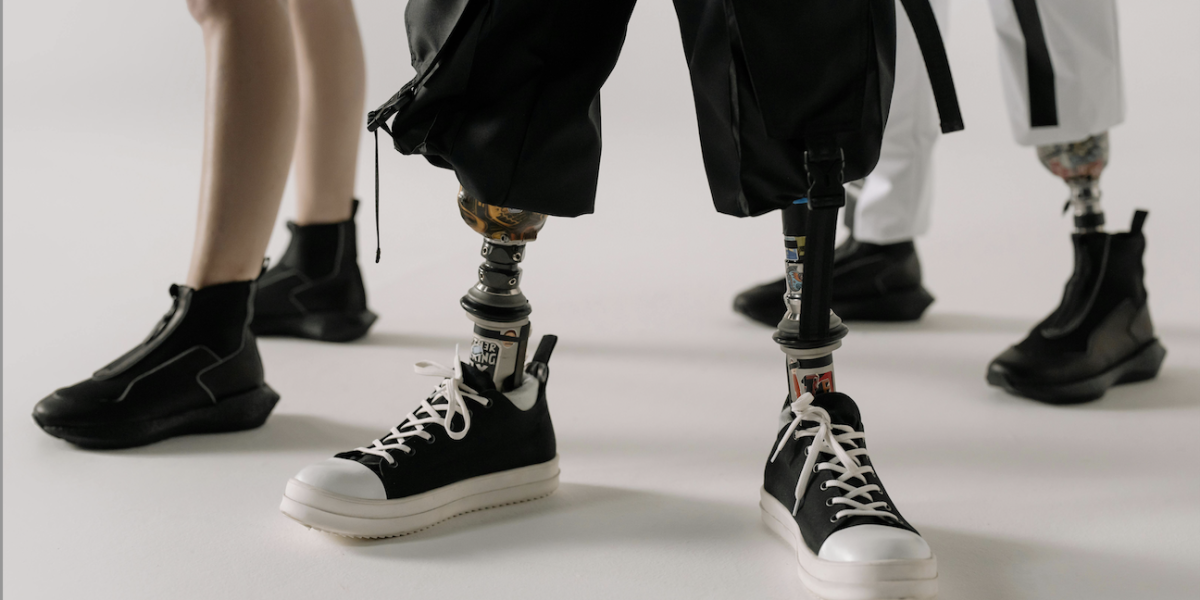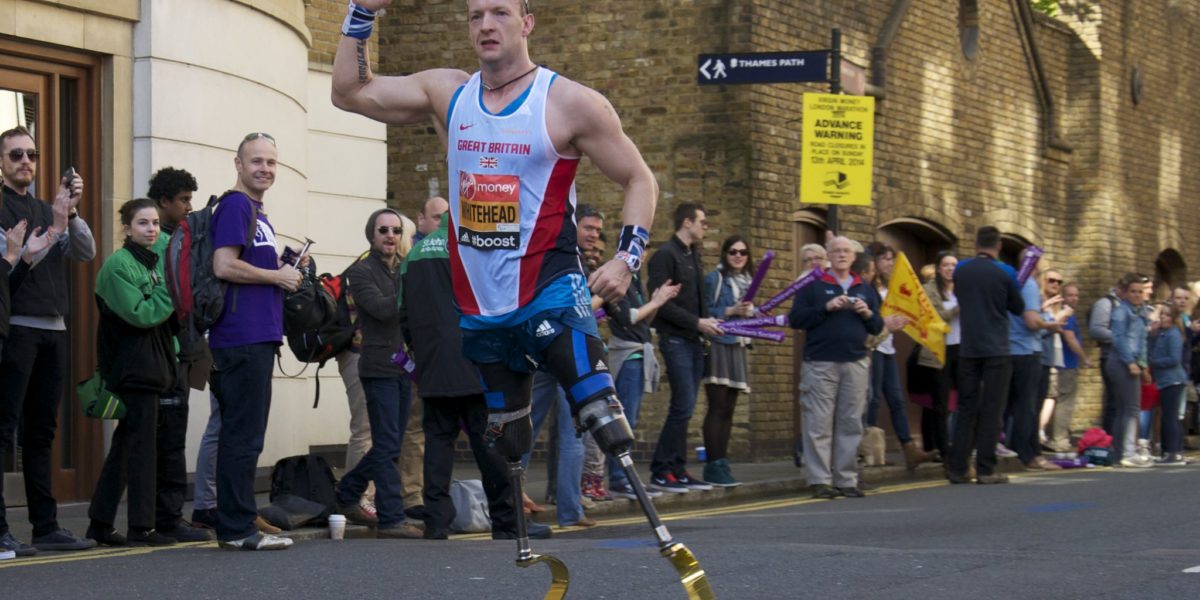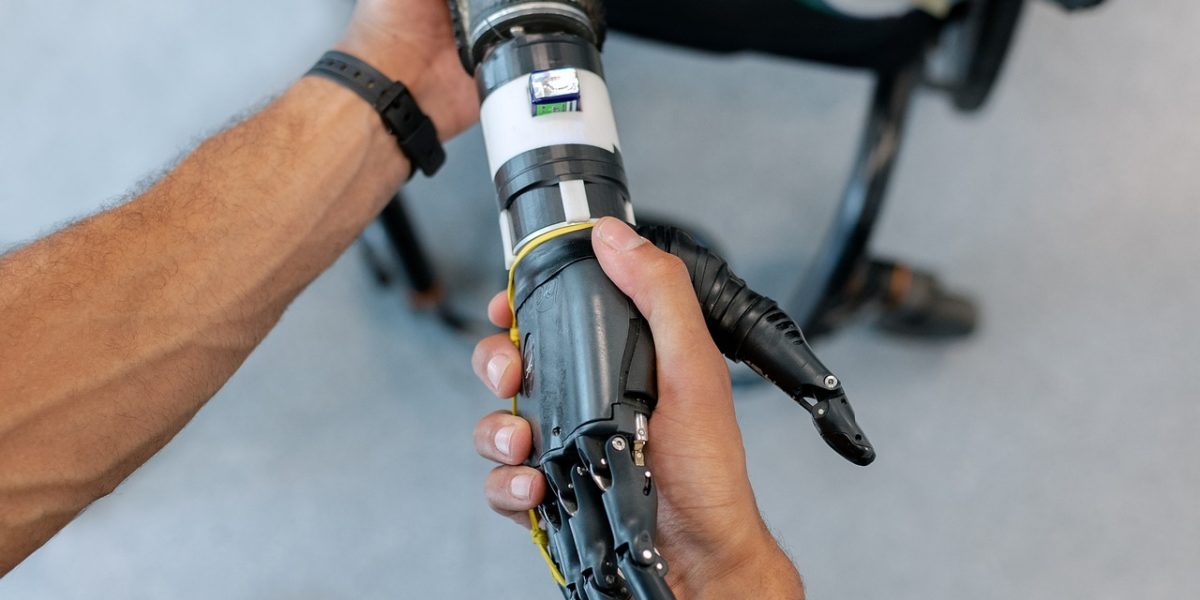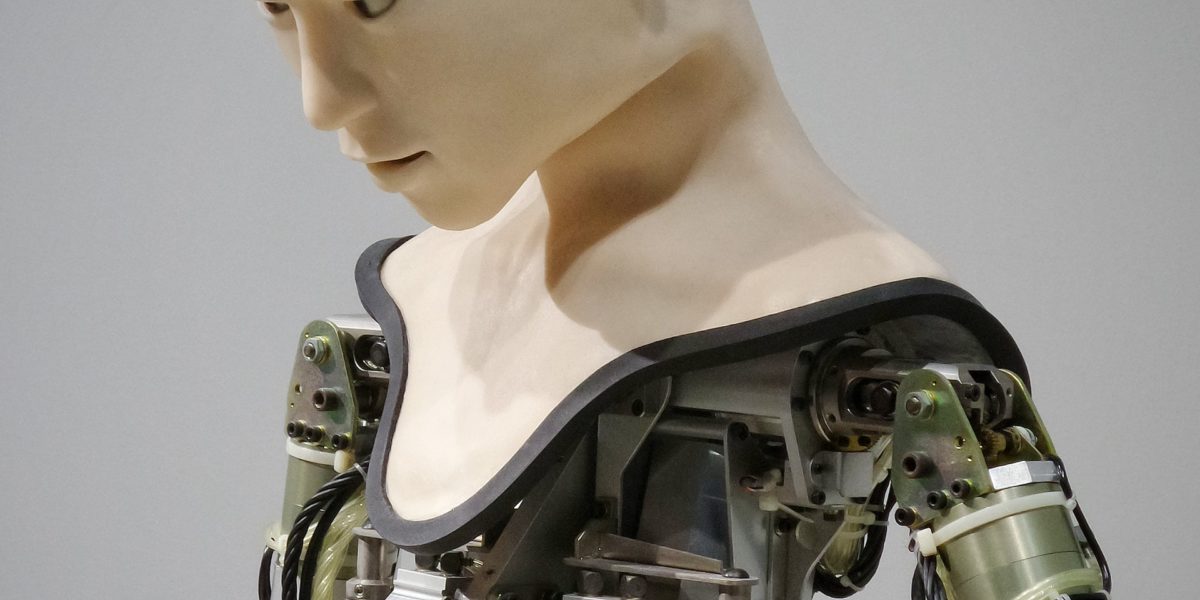Since World War 2, The use of antipersonnel mines (APMs) have been a key factor in a nation’s military success. The most recent iteration of the APM is the improvised explosive device (IED) often seen in the Global War on Terror (GWOT), utilized by terrorist and guerrilla groups that do not have the manufacturing capabilities of an established military. IEDs have been proven to cause greater damage to their victims than conventional APMs, and the often resulting amputations call for a much more complicated rehabilitation process for service members.
Continue reading “IEDs in the Global War on Terror: A Long Road to Recovery”Tag: prosthetics
How Goats Defy Gravity and How it Has Inspired Engineers
In the world of engineering, the optimization of prosthetics and robotics is at the forefront of research. However, many designs are faced with the same problem – poor stability, especially when it comes to rough or sloped surfaces. This prevents amputees from being able to enjoy outdoor activities such as hiking and rock climbing, and traversing robots from being able to perform complex search and rescue. So, researchers have gotten creative and have decided to look into nature. Naturally, mountain goats became a prime source of inspiration due to their ability to seemingly defy gravity when scaling mountain tops. How do they do this? To answer this question, plenty of research has been conducted to look into things like goat anatomy, joint angles, centers of mass, ground reaction forces, and more.
Continue reading “How Goats Defy Gravity and How it Has Inspired Engineers”Your ankle could replace your knee! – How Rotationplasty gives ankles new function.
Typically, the joys of childhood that adults reminisce about include carefree playing, running, and jumping—not cancer. Despite this, childhood cancer affects nearly 10,000 children in the U.S. every year, and of these cases, about 500 (2 percent) involve osteosarcoma. Rotationplasty is a surgery that can give childhood osteosarcoma survivors requiring amputation the best chance of running and jumping again, just like before.
Read more: Your ankle could replace your knee! – How Rotationplasty gives ankles new function. Continue reading “Your ankle could replace your knee! – How Rotationplasty gives ankles new function.”Balancing the Load: Understanding Pressure Distribution in Prosthetic Sockets
How do pressure profiles and shear stresses in prosthetic sockets affect prosthesis user comfort? For prosthesis users, comfort is essential for mobility, quality of life, and long-term health. The fit and alignment of a prosthesis are highly individualized and crucial for instilling confidence in daily activities. However, current prosthesis fittings are largely subjective, depending on the prosthetist’s experience and user feedback. This qualitative method often overlooks the critical factor of pressure distribution within the socket, which can significantly impact pain levels and ease of movement.
Read more: Balancing the Load: Understanding Pressure Distribution in Prosthetic Sockets Continue reading “Balancing the Load: Understanding Pressure Distribution in Prosthetic Sockets”Osseointegrated Prosthetic Devices: What Are They and How Did We Get Here?
Prosthetic devices have been an option for limb-different individuals for thousands of years. Over the centuries, there have been countless discoveries that have led to the modern prosthetic leg. Today’s customary prosthetic leg is comprised of two main components: the socket and the device itself. The socket is often made of carbon fiber and is molded to the contours of the user’s residual limb. This socket is directly connected to the device itself, which includes an ankle and possible knee joint depending on the length of the limb. The socket serves as the connection point between the user’s residual limb and the prosthetic leg.
Continue reading “Osseointegrated Prosthetic Devices: What Are They and How Did We Get Here?”The Present and Future Implications of Advanced Prosthetic Limbs in Sports
In this podcast, my guests and I get into detailed discussion and debate on prosthetic limb use in modern-day, and future Paralympic and Olympic sport. We discuss the intricacies of the biomechanics of these devices, and we have ethical discussions as to what should and should not be allowed in sport. Furthermore, we expand our discussion to neurological implants, and their connection to advanced prosthetic limbs, finishing with a discussion of the implications of these devices to the future of society.
Advances In Prostheses: Restoring the Sense of touch to amputees
Whether or not you know someone who has lost a limb, we can all easily imagine the hardships that would follow such a tragedy. Thanks to scientific advancements, prosthetic limbs have become more and more available and functional over the past few decades. However, one of the greatest challenges—which has only recently been started to be addressed—still facing the industry is the question of how to restore tactility through prosthetic hands. Having the sense of touch in your hands is essential to everyday activities, such as putting on your clothes in the morning or drinking a glass of water; and, unfortunately, in the US alone there are over 100,000 persons registered who had an amputation of a complete arm, hand, or partial hand.
Continue reading “Advances In Prostheses: Restoring the Sense of touch to amputees”Soft Robotics: Humanizing the Mechanical
In media and science-fiction, robots have stereotypically, and perhaps somewhat unfairly, been depicted as mechanical, stiff assemblies of moving joints and complicated circuitry. While this still holds true for many robots designed today, whether for industry or research, the past few years have seen a growing interest in soft robotics in academia, industry, and popular culture. As the name implies, many research groups have begun investing in constructing robots from compliant, softer materials.
Continue reading “Soft Robotics: Humanizing the Mechanical”Can we 3D print our own skin?
Can you imagine a world where amputees receive replacement limbs which are able to detect temperature and pressure like an actual limb? How about a world where when you get a cut, you can 3D print some of your own skin to patch the wound?
Continue reading “Can we 3D print our own skin?”3-D Print a New Leg for Your 4-Legged Friend
3-D printing is a quite exciting technology that has come to light in recent years. The process involves a nozzle much like in a regular inkjet printer that layers material upon material to build up a 3D structure. The printer receives this data from a computer designed file that maps out where the printer should add material. Combine this with filler material that serves to hold everything in its final upright position, and the final product is born, after setting and clearing off the filler. This process has been used to make many different things, from simple objects like phone cases and luggage tags to complex scaffolds used to hold cells for tissue engineering, or as in this post, specific implants for dogs and other animals. The usual types of orthopedic implants that have somewhat of a cookie cutter size distribution for humans do not always fit in dogs or other animals. So, 3-D printing has been employed to create implants used to repair and replace bones in veterinary situations.
Continue reading “3-D Print a New Leg for Your 4-Legged Friend”

